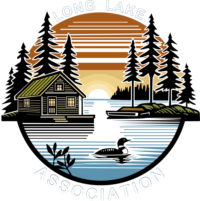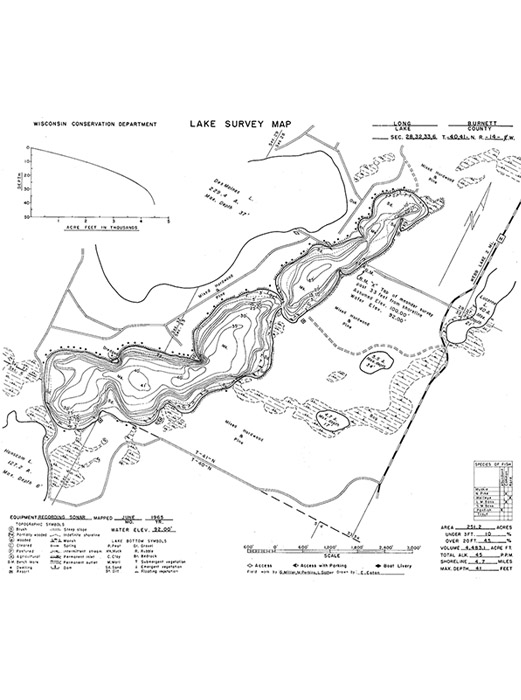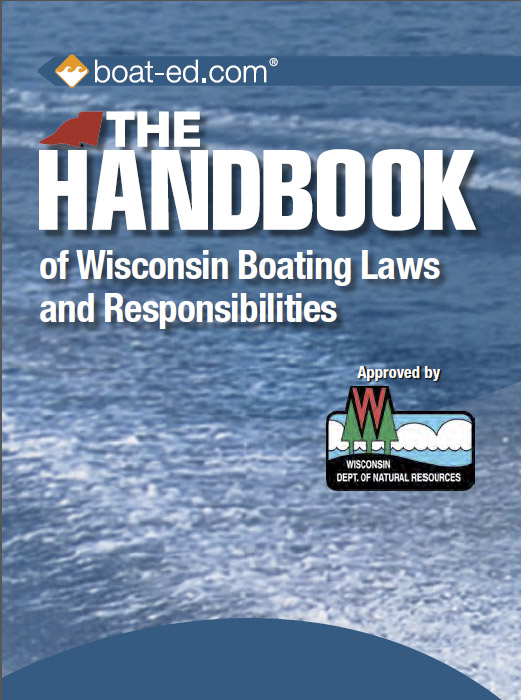Our Lake

Location
Latitude, Longitude 45.990729, -92.13028080 Long Lake is a 222 acre lake located in Burnett County, near the Township of Webb lake, Wisconsin. This lake has a maximum depth of 41 feet. Visitors have lake access from a public boat landing on the West side of the lake. Fish include Panfish, Largemouth Bass, Northern Pike and Walleye. The lakes water clarity is very clear. (DNR Website)
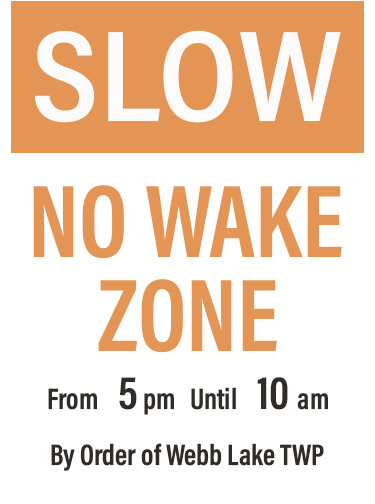
Slow No Wake Ordinance
Please show consideration for all lake users and property owners by water skiing, tubing and using personal watercraft between 10:00 am & 5:00 pm as specified under Section IV Line 1 of the Town of Webb Lake Boating Ordinance. These rules protect shorelines and reduce recreational conflict.
Slow No Wake means a speed at which the boat moves as slowly as possible while still maintaining steerage control.
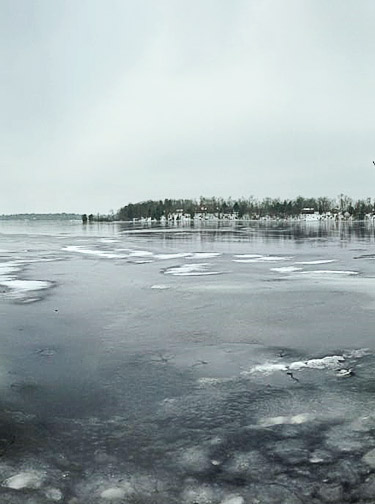
Ice Out
Ice-off is the date when the ice is essentially gone from the entire lake. Ice Out Report has the dates for Long Lake starting with 2000 Ice-out dates correlate most strongly with air temperatures in the month or two before ice-out.
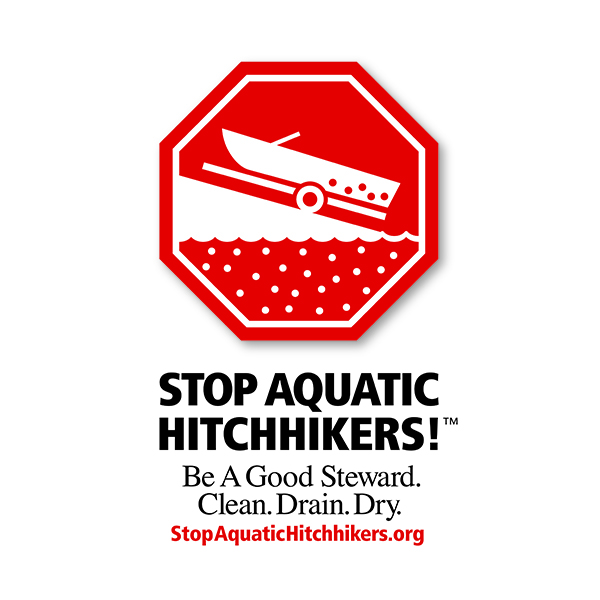
Aquatic Hitchhikers
Aquatic Invasive Species (AIS) are plants and animals that have been introduced into a new ecosystem and have environmental, recreational, economic or health impacts.
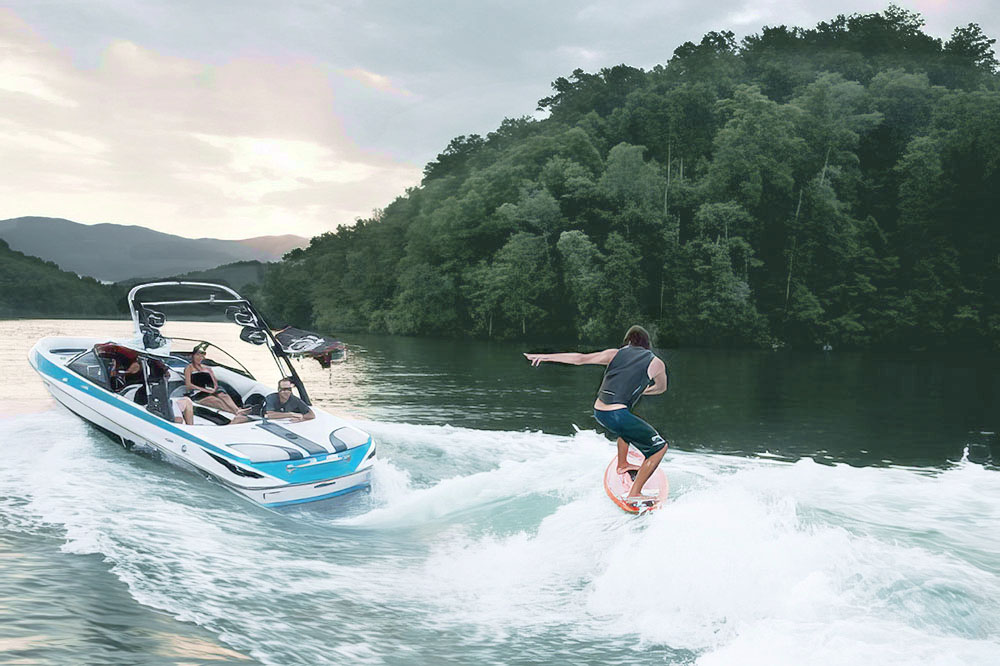
Wake Boat Information
Public concerns about damage caused by wake boats in Wisconsin have resulted in requests by Natural Resources Board members for action, including new laws, to address the issues.
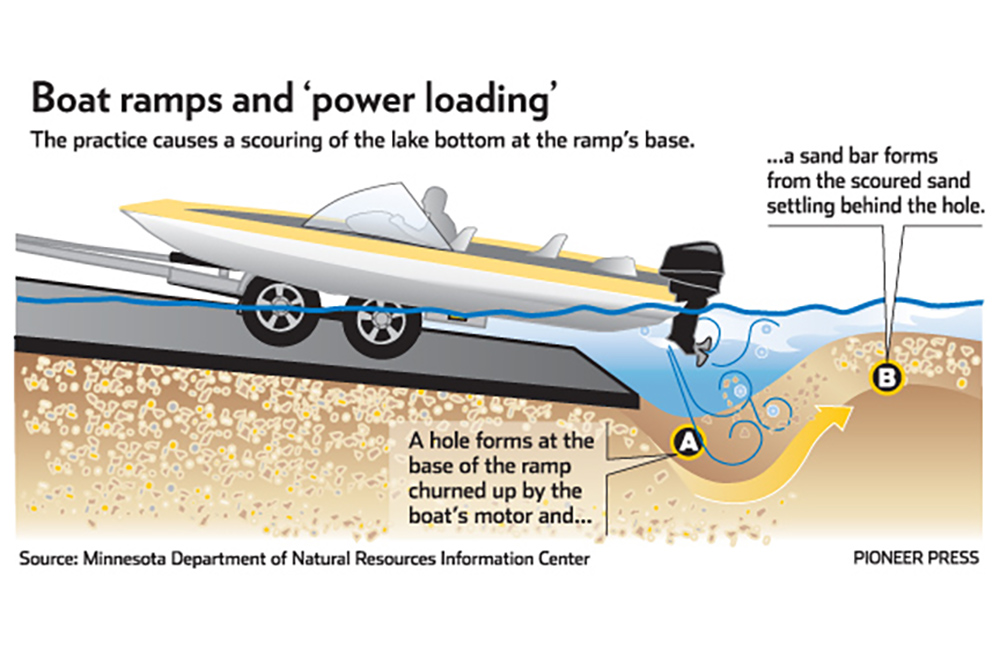
Power Loading Information
To minimize damage caused at boat landings, the Burnett County Natural Resources Comittee (NRC) has made an ordinance prohibiting all Boat Power Loading.
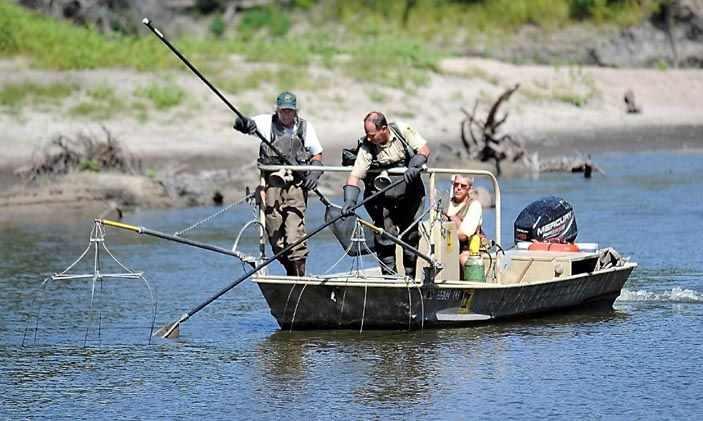
Fish Survey Information
In 2022, a fishing survey of Long Lake was conducted by the Wisconsin DNR. The findings and opion of the Fisheries Biologist Craig Roberts are stated, along with the tpyes and amounts of fish found in our lake.
Help Protect Our Water Quality
FACT: We all live downstream.
Our water quality is directly affected by our upstream neighbors, and our choices will impact the water quality for our downstream neighbors.
You don’t need a heavy rainstorm to send pollutants rushing toward streams, wetlands and lakes—your hose can supply enough water. Even if your house is not on the waterfront, storm water runoff is carried from your neighborhood to the nearest wetland, stream or body of water and then directly into the water you enjoy for swimming and fishing.
What you can do to help.
- Minimize impervious surfaces.
- Do not remove trees and other plants next to streams, lakes and wetlands.
- Plant Native plants to absorb heavy rain falls.
- Direct rain gutters onto lawns or garden.
- Construct rain gardens and use rain barrels.
- Scoop your pets poop: bacteria, parasites and animal wastes can affect the watershed.
